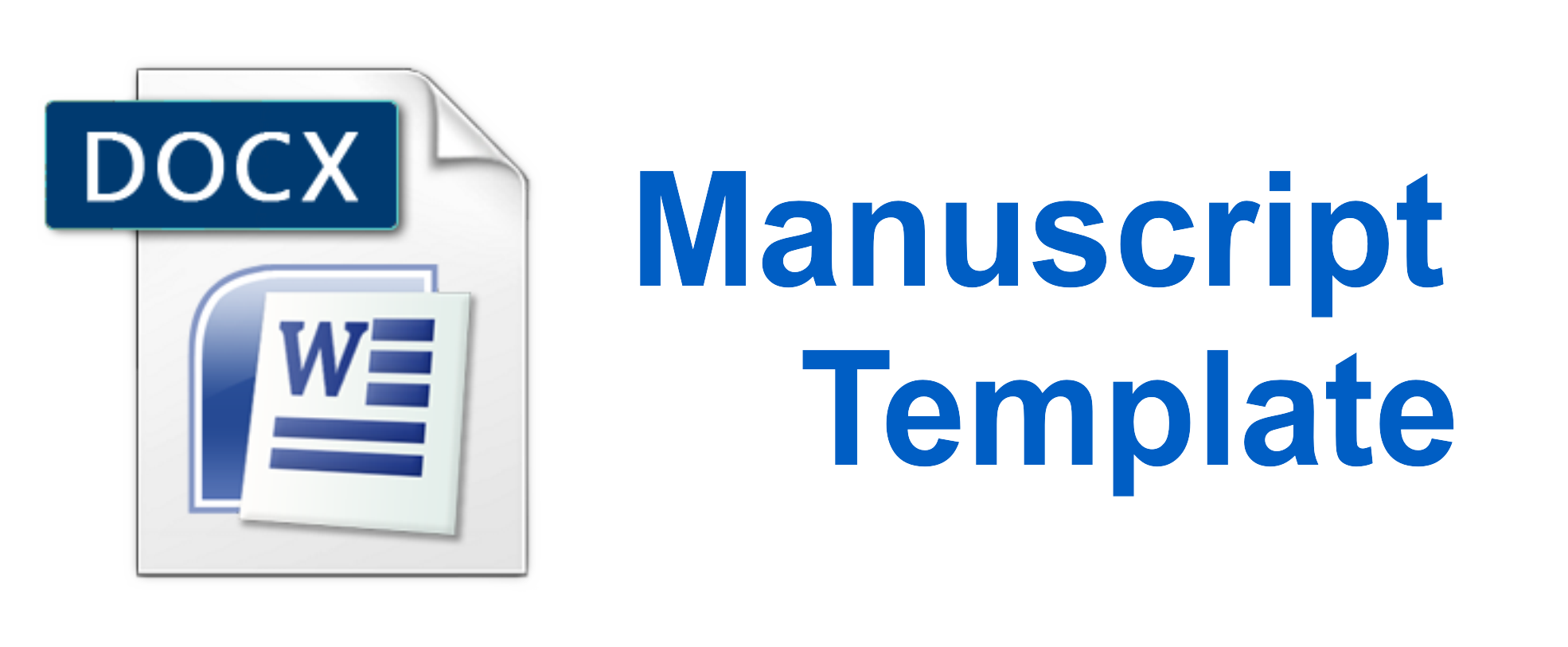The Urgency of Implementing Non-Conviction Based Asset Forfeiture in Recovery of State Losses Due to Corruption
DOI:
https://doi.org/10.47353/lawpass.v1i2.8Keywords:
NCB, asset, corruptionAbstract
Follow the asset is the right approach to use in eradicating corruption in this era. The trend of low verdicts for corruptors and the suboptimal recovery of assets resulting from corruption are reasons to prioritize confiscation of assets rather than criminalizing corruptors. The aim of this research is to analyze the importance of implementing Non-Conviction Based Asset Forfeiture in corruption regulations in Indonesia. The method used in writing this article is a normative legal research method with a conceptual approach. The results of this research are that the use of NCB can optimize the recovery of assets resulting from corruption because it does not depend on a complicated criminal case examination process. The defendant's fault is not a criterion for confiscating assets, but proving that the assets are illegal is the basis for confiscating assets.
Downloads
References
Badjuri, A. (2011). Peranan Komisi Pemberantasan Korupsi (KPK) sebagai lembaga anti korupsi di indonesia. Jurnal Bisnis Dan Ekonomi (JBE),.
Bureni, I. F. K. (2016). KEKOSONGAN HUKUM PERAMPASAN ASET TANPA PEMIDANAAN DALAM UNDANG-UNDANG TINDAK PIDANA KORUPSI. Masalah-Masalah Hukum, 45(4). https://doi.org/10.14710/mmh.45.4.2016.292-298
Ginting, Y. P. (2021). Pemberantasan Pencucian Uang dengan Pendekatan Follow the Money dan Follow the Suspect. Mulawarman Law Review. https://doi.org/10.30872/mulrev.v6i2.442
Halif. (2010). Model Perampasan Aset Terhadap Harta Kekayaan HAsil Tindak Pidana Pencucian Uang. Digital Repository Universitas Jember, 8.
Indonesia Corruption Watch. (2023, July 17). Tren Vonis Kasus Korupsi 2022. Https://Antikorupsi.Org/Id/Tren-Vonis-Kasus-Korupsi-2022.
Indonesia Corruption Watch. (2024, January 30). Stagnasi Indeks Persepsi Korupsi Indonesia Tahun 2023 “Omon-Omon Pemberantasan Korupsi Jokowi.” Https://Antikorupsi.Org/Id/Stagnasi-Indeks-Persepsi-Korupsi-Indonesia-Tahun-2023-Omon-Omon-Pemberantasan-Korupsi-Jokowi#:~:Text=Di%20mana%20skor%20pada%20tahun,Merosot%20dari%20110%20menjadi%20115.
Ismail, A., Zulfa, E. A., Yutcesyam, Y., & Lazira, F. (2021). Gugurnya Hak Menuntut Terhadap Korporasi Akibat Pailit. JISIP (Jurnal Ilmu Sosial Dan Pendidikan), 5(3). https://doi.org/10.58258/jisip.v5i3.2191
Kompas. (22 C.E., May 22). ICW Sebut Hanya 2,2 Persen Kerugian Negara Berhasil Dikembalikan. Https://Www.Kompas.Id/Baca/Polhuk/2022/05/22/Icw-Sebut-Hanya-22-Persen-Kerugian-Negara-Berhasil-Dikembalikan.
Latifah, M. (2016). Urgensi Pembentukan Undang-Undang Perampasan Aset Hasil Tindak Pidana Di Indonesia (the Urgency of Assets Recovery Act in Indonesia). Negara Hukum: Membangun Hukum Untuk Keadilan Dan Kesejahteraan, 6(1).
Prasetyo, D. R. (2016). PENYITAAN DAN PERAMPASAN ASET HASIL KORUPSI SEBAGAI UPAYA PEMISKINAN KORUPTOR. DiH: Jurnal Ilmu Hukum, 12(24). https://doi.org/10.30996/dih.v12i24.2243
Saputra, R. (2017). Tantangan Penerapan Perampasan Aset Tanpa Tuntutan Pidana (Nonconviction Based Asset Forfeiture) Dalam Ruu Perampasan Aset Di Indonesia. Integritas, Vol. 3(1).
Suraji. (2018). Sejarah Panjang Korupsi di Indonesia & Upaya Pemberantasannya. Jurnal Kebijakan Dan Administrasi Publik, 12(2), 135–148. https://jurnal.ugm.ac.id/jkap/article/view/8404/6495
Downloads
Published
How to Cite
License
Copyright (c) 2024 Itok Dwi Kurniawan, Soehartono, Vincentius Patria Setyawan, Jose Gama Santos

This work is licensed under a Creative Commons Attribution 4.0 International License.









